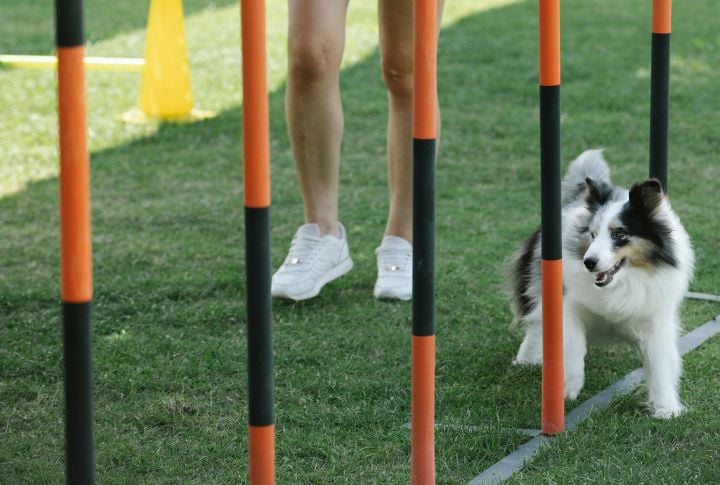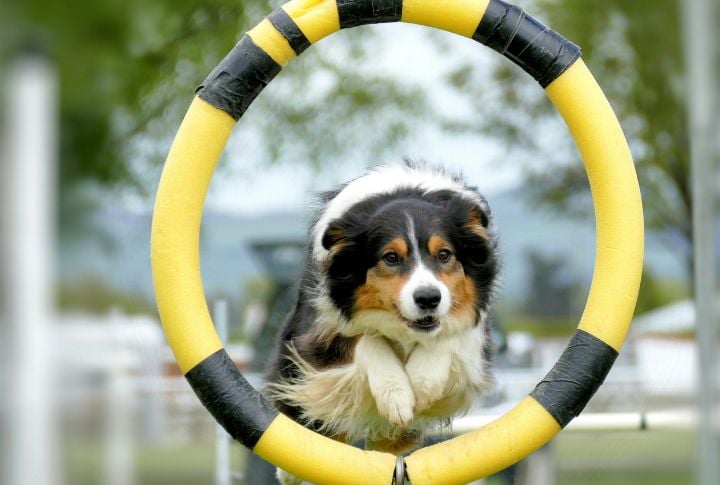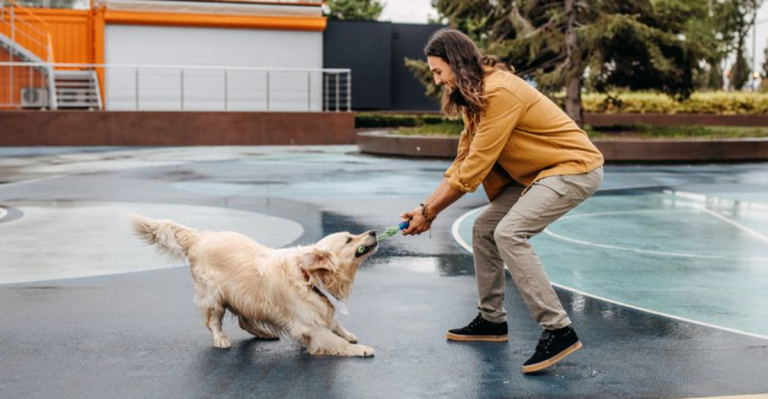15 Widely Held Dog Training Myths Debunked

Dog training can feel like a never-ending puzzle. Between all the advice you get, it’s hard to know what’s legit and what’s total nonsense. You’ve probably heard some dog training myths that just don’t sit right. Well, get ready to toss those misconceptions aside as we reveal the truth behind 15 of the most widely held dog training myths.
Dogs Need To Be Dominated

Many still believe dogs need to be dominated to be trained, but this is an outdated concept. Rather than asserting dominance, think of your dog as a partner in learning. Mutual respect, trust, and a consistent training routine will help you build a stronger bond, leading to better behavior.
You Should Never Use Treats During Training

Treats aren’t the enemy. In fact, using treats wisely can improve training results. Dogs respond well to rewards, and when used strategically, they can encourage good behavior. Just gradually reduce treat dependence over time. Always remember that rewards are great motivators during the learning phase.
You Can’t Train An Older Dog

Think it’s too late to train an older dog? Think again! Older dogs can learn fresh tricks just as well as puppies. Moreover, mature dogs are often more focused and calm, making them ideal candidates for training. Don’t let age stand in the way of learning.
Crate Training Is Cruel

When used properly, crate training is far from cruel. It creates a secure, personal space for your dog, providing them with a safe haven. Dogs are den animals, and a small crate can mimic their natural environment. It also helps with housebreaking and preventing destructive behavior.
A One-Size-Fits-All Training Approach Works

Training isn’t one-size-fits-all. Just like humans, dogs are unique, and their training should reflect that. Different breeds, temperaments, and past experiences require tailored approaches. Adapt your training methods to your dog’s needs for the best results, which ensures a positive learning experience.
Bad Behavior Should Be Punished Right Away

Immediate punishment isn’t as effective as it seems. It can confuse your dog, especially if the behavior being punished happened moments earlier. Instead, focus on redirecting their attention and reinforcing positive actions. Consistency and patience in training lead to much more lasting results.
Aggressive Techniques Are Necessary

Aggressive techniques in dog training often backfire. These methods can cause fear and anxiety. Positive reinforcement, such as using praise or treats for good behavior, is scientifically proven to be more effective and much kinder. Stick to positive methods for better outcomes.
Dogs Who Aren’t Training Are Just Bad

Don’t mistake a lack of training for bad behavior. Sometimes, dogs don’t know what’s expected of them. Poor communication and inconsistent training can lead to confusion. A dog isn’t inherently bad—they just need clear, consistent guidance and time to understand the rules.
Dogs Should Never Be Allowed On Furniture

Letting your dog on the furniture doesn’t automatically lead to behavioral issues. It’s all about setting boundaries and maintaining consistent rules. If your dog respects those rules, then there’s no harm in letting them share your couch. Just be sure to establish clear guidelines from the start.
Puppies Learn Faster Than Adult Dogs

Puppies may seem quicker to learn, but older dogs often outperform them in training sessions. Their attention spans are generally better, and they have a natural understanding of structure. Training older dogs can be just as rewarding—if not more—due to their calmer, more focused nature.
You Should Only Train Dogs In Short Sessions

While short training sessions are useful, don’t discount longer, focused sessions. Some dogs thrive with extended training periods, especially when they are engaged and mentally stimulated. It’s important to read your dog’s cues and adjust the session length to keep them motivated and happy.
Training Must Involve Only Human Trainers

Dogs can also learn valuable lessons from interacting with other dogs or being exposed to various environments. These experiences enhance their ability to adapt and respond to different situations. Socialization plays a huge role in overall behavior and development.
Dogs Will Naturally Understand Your Commands

Don’t assume your dog will intuitively understand what you want. Dogs need clear, consistent commands to learn successfully. By using specific words and pairing them with actions, you help your dog connect the dots. Patience and repetition will ensure they comprehend what each command means.
Behavioral Problems Can’t Be Fixed Later

Behavioral issues in dogs can be addressed at any age. Dogs are capable of learning and adapting throughout their lives. Whether it’s barking, chewing, or anxiety, appropriate training methods can help correct unwanted behavior. Don’t lose hope—your dog can always improve with the right approach.
Training Dogs Is Too Time-Consuming

Training doesn’t have to take hours each day. Short, focused training sessions of just 10 to 15 minutes can lead to great progress. Regular practice and consistency are key. Quality over quantity ensures your dog stays engaged without overwhelming them. Set aside time and watch the results unfold.






